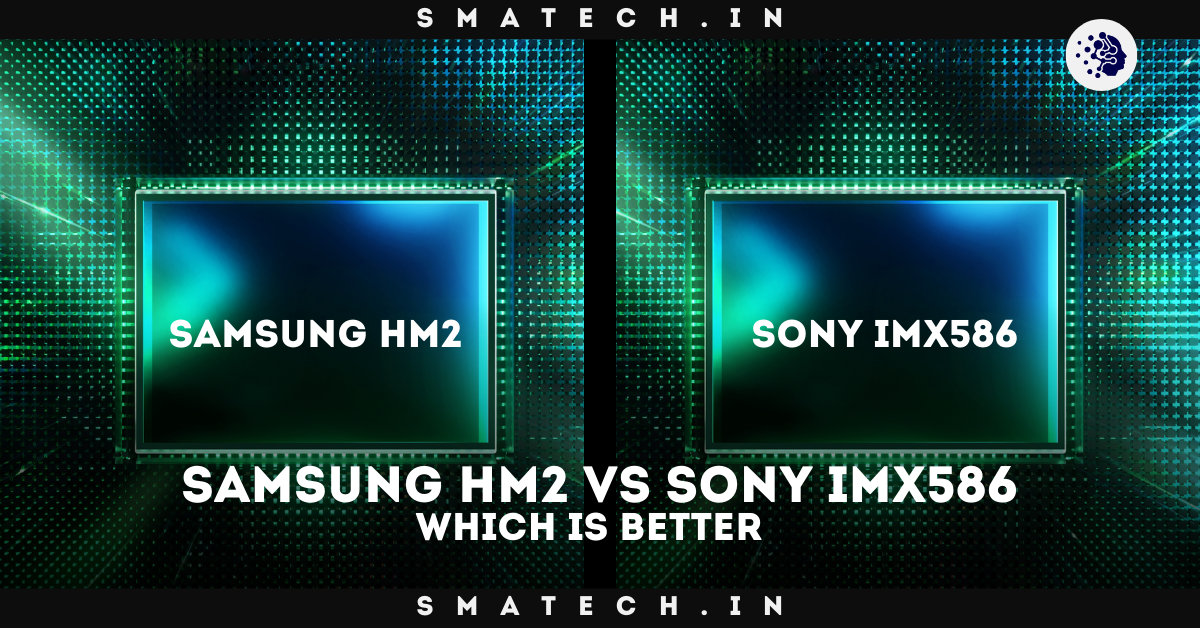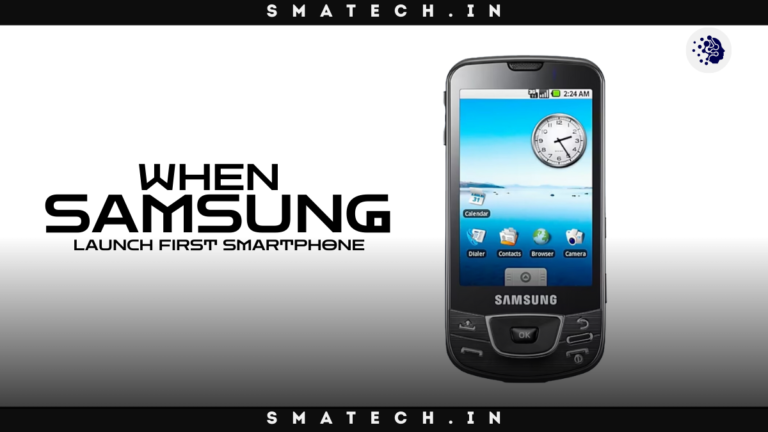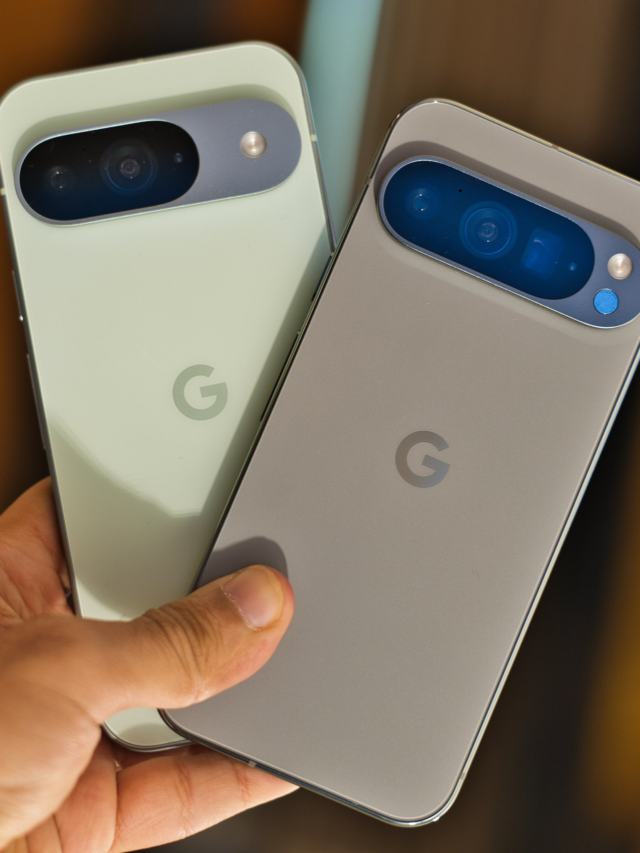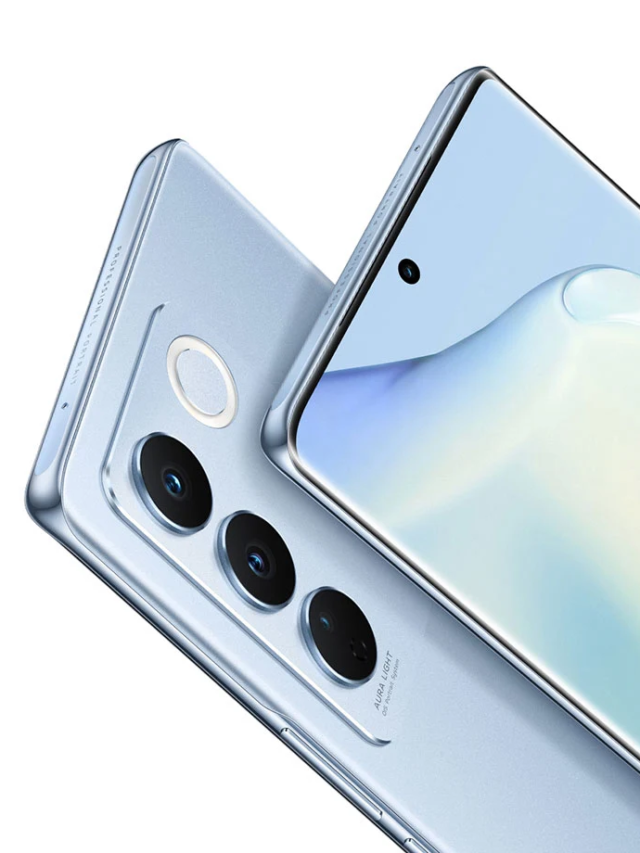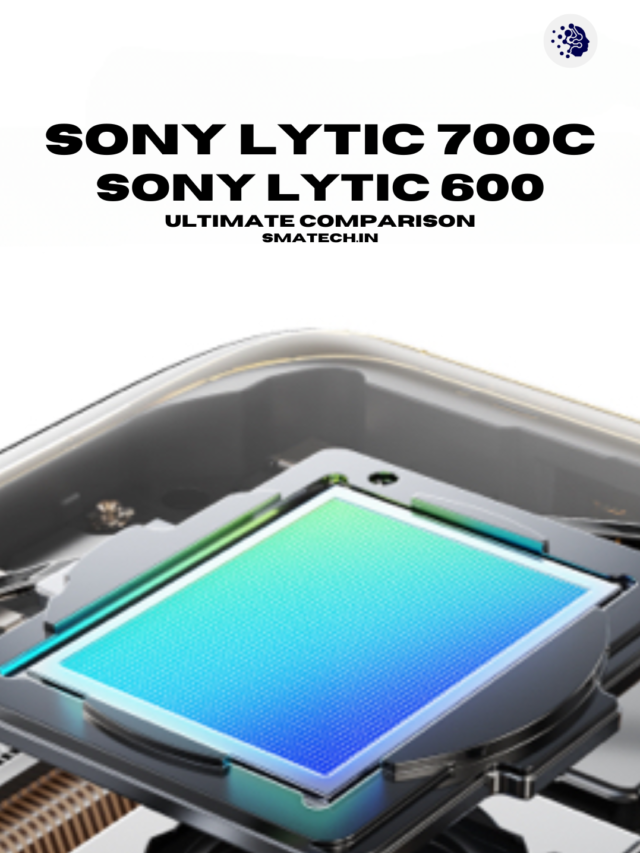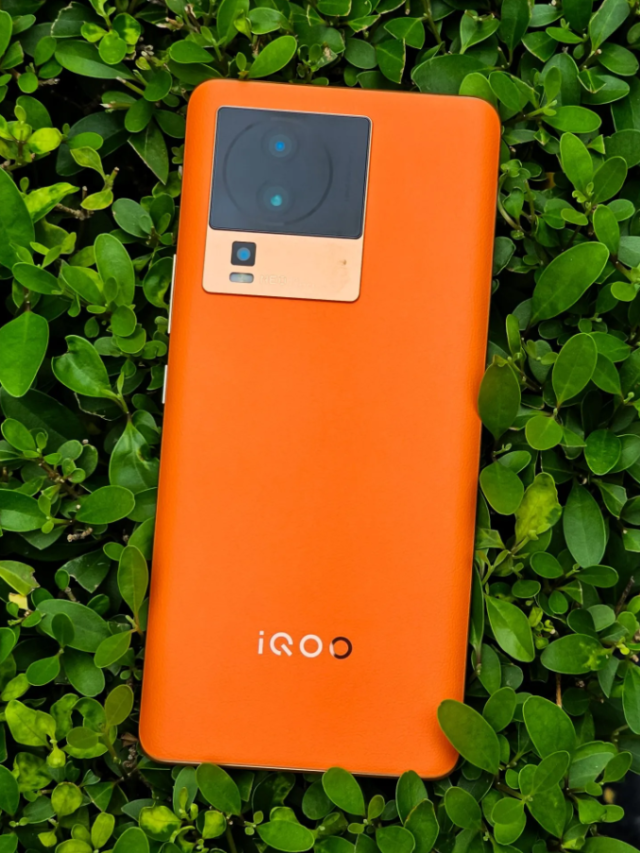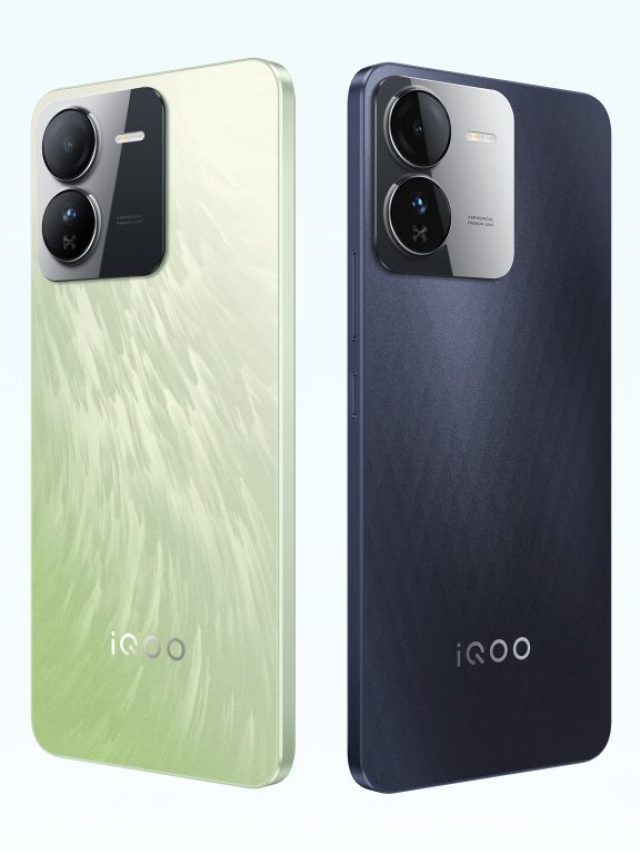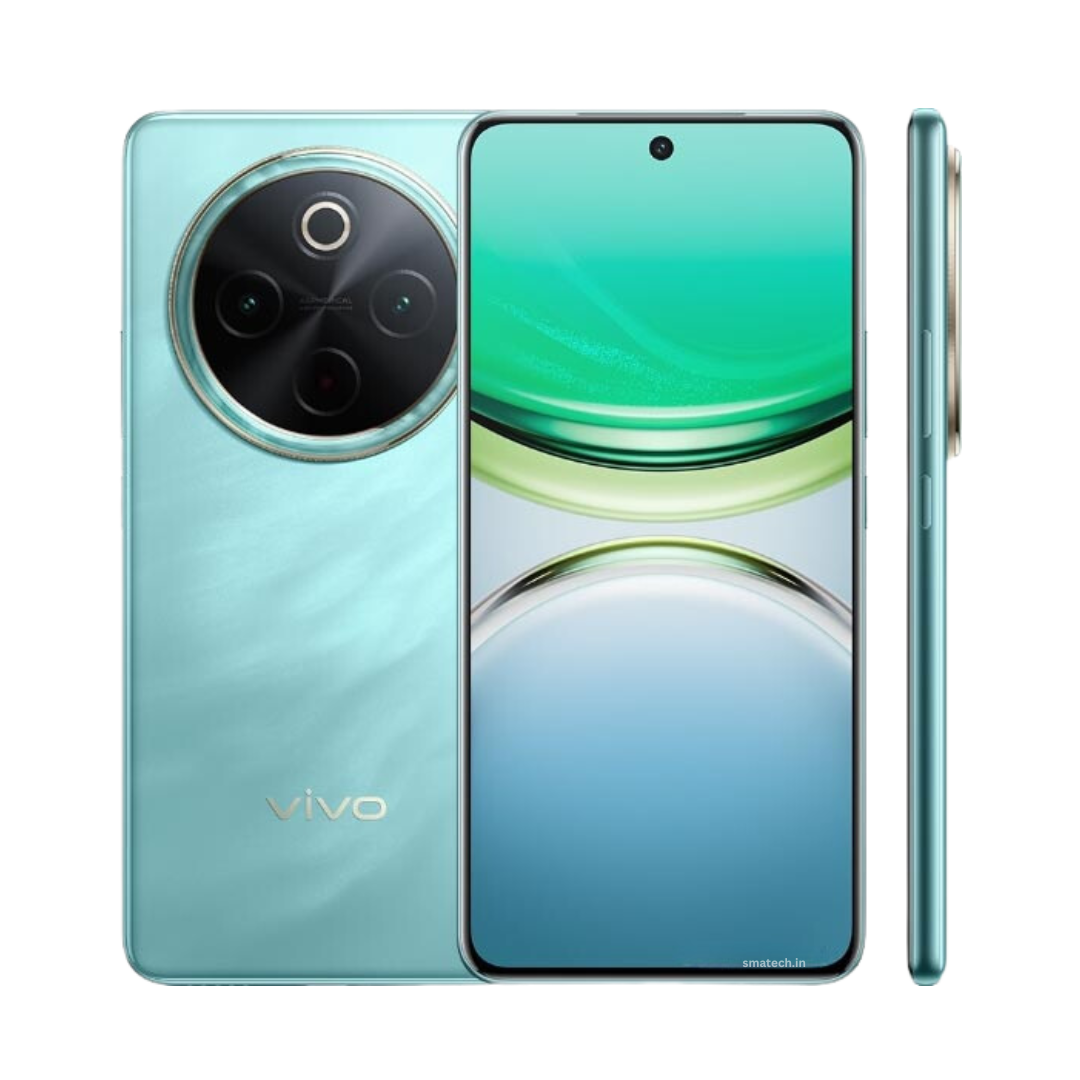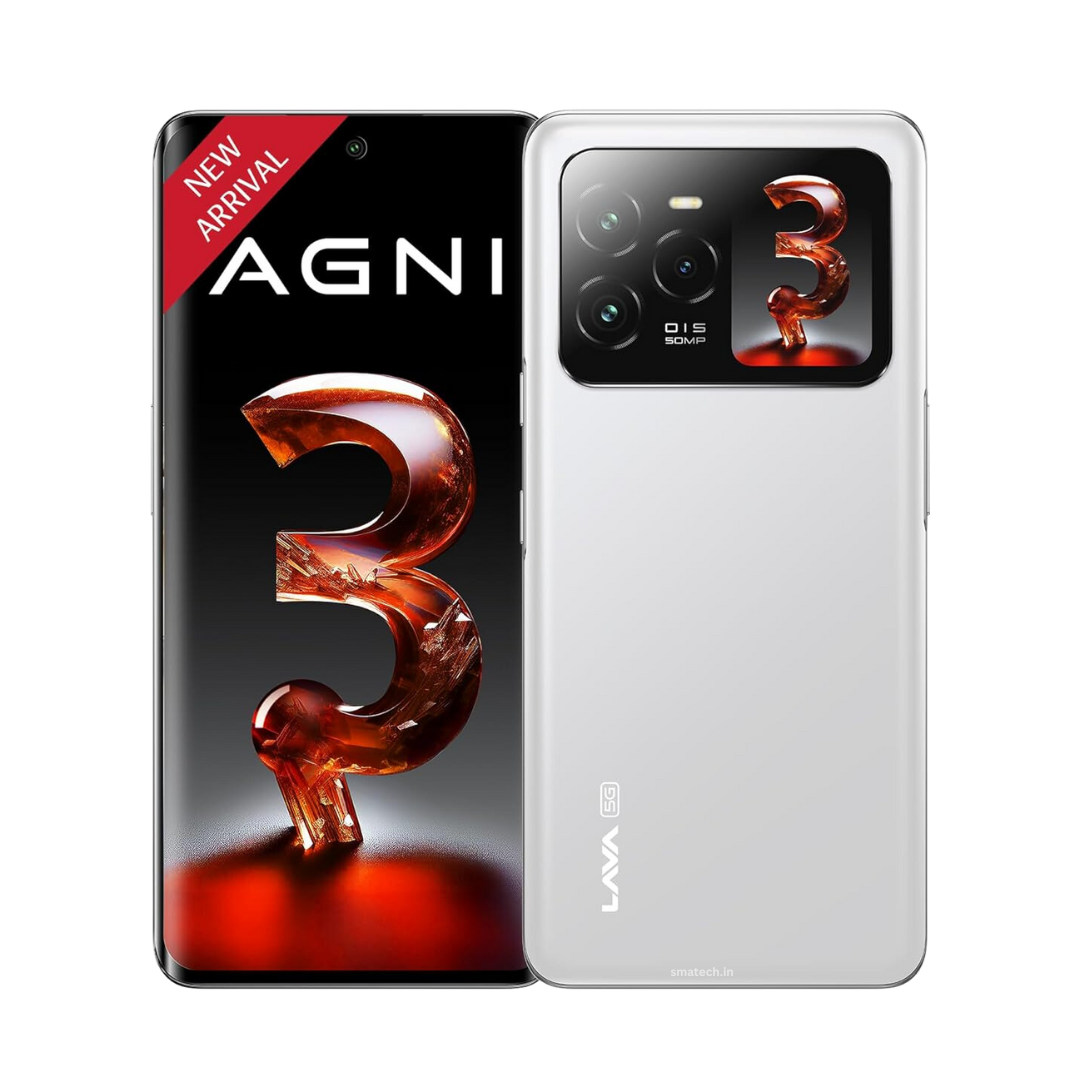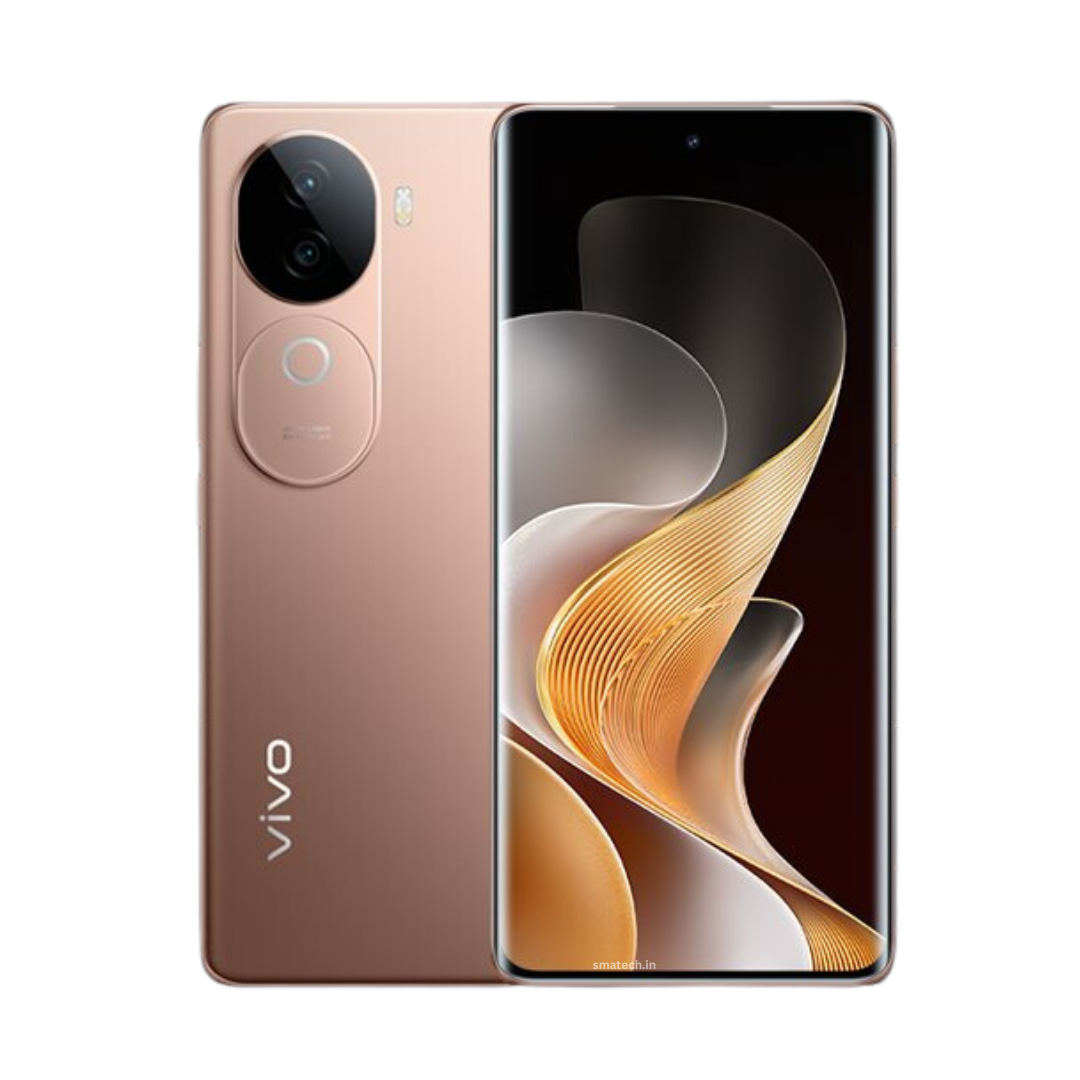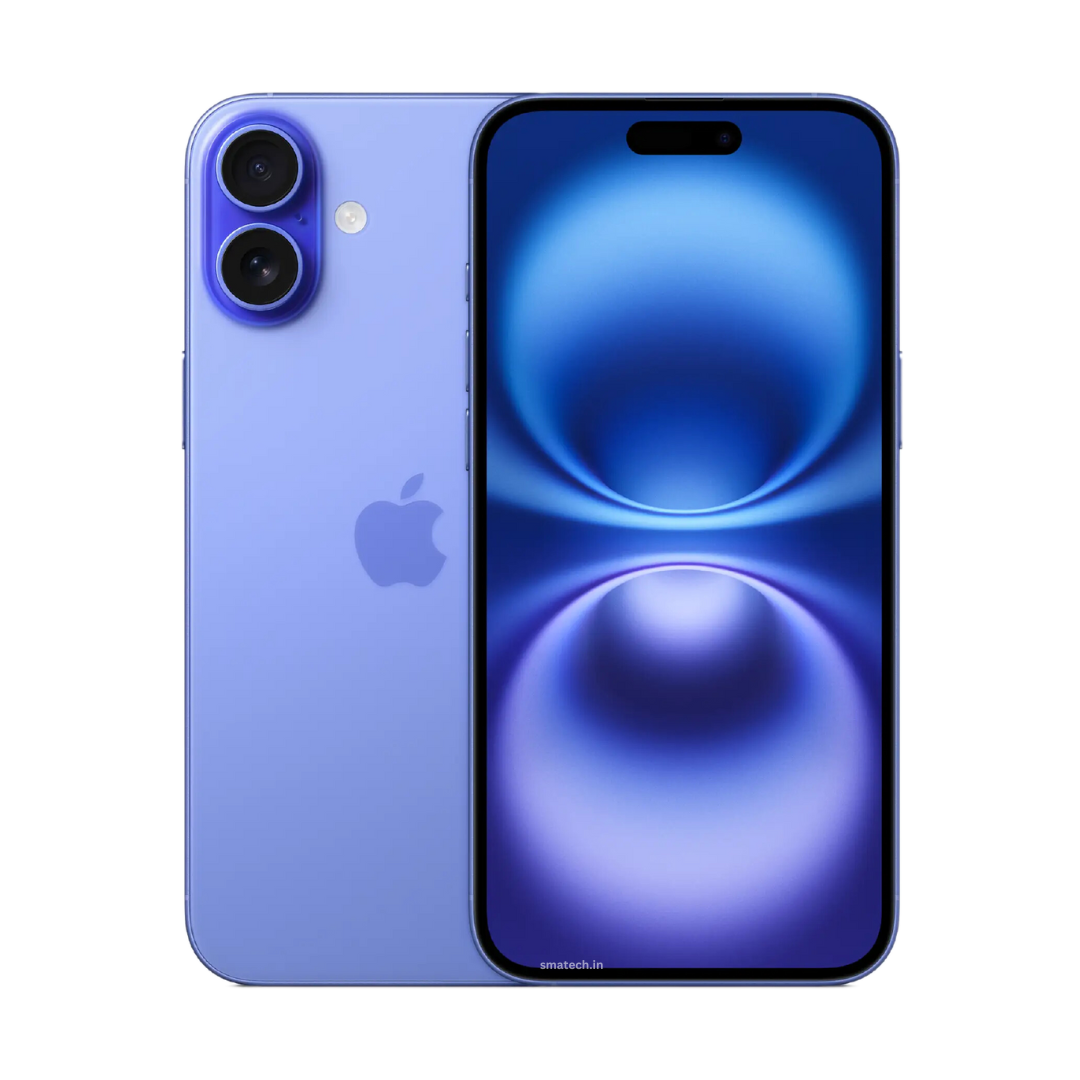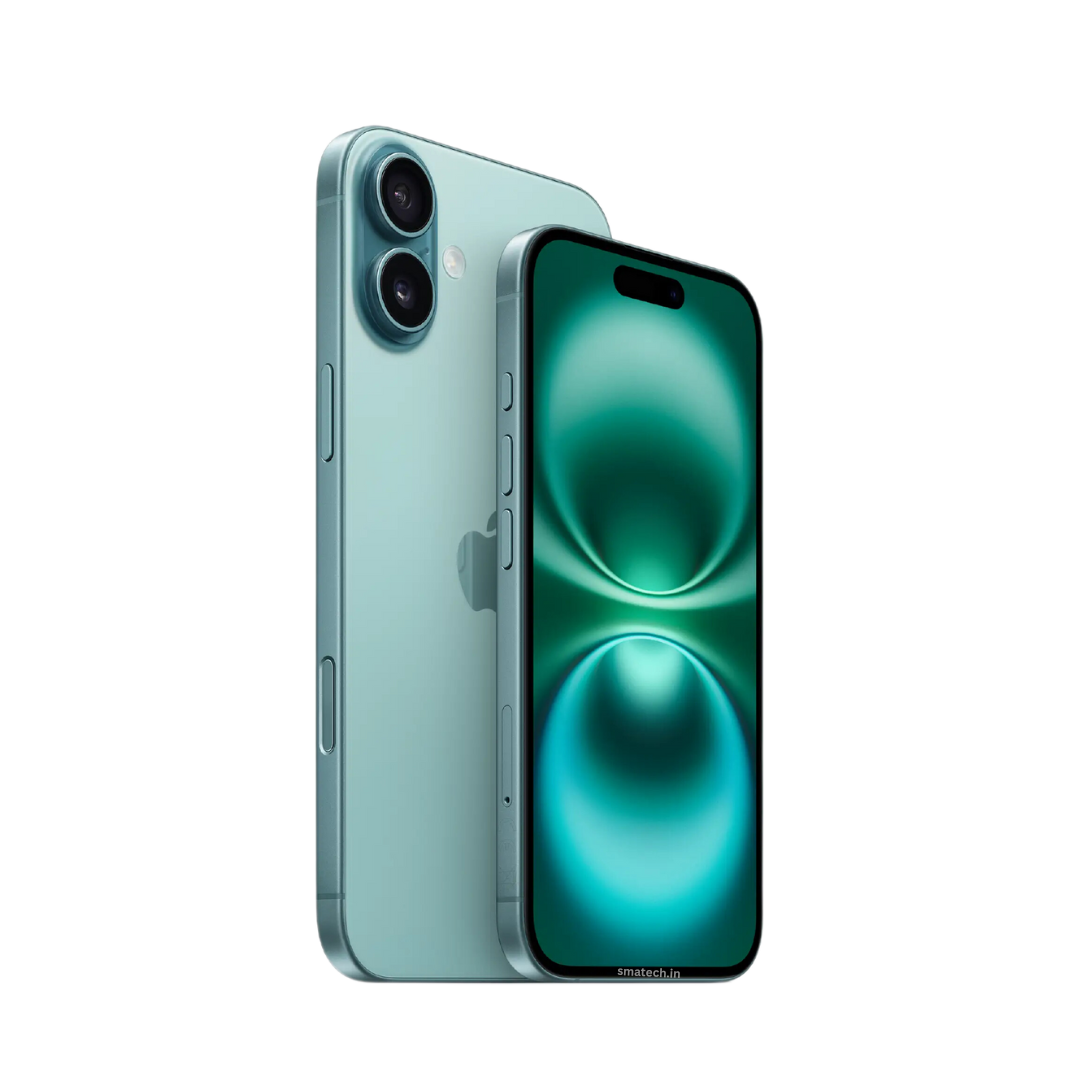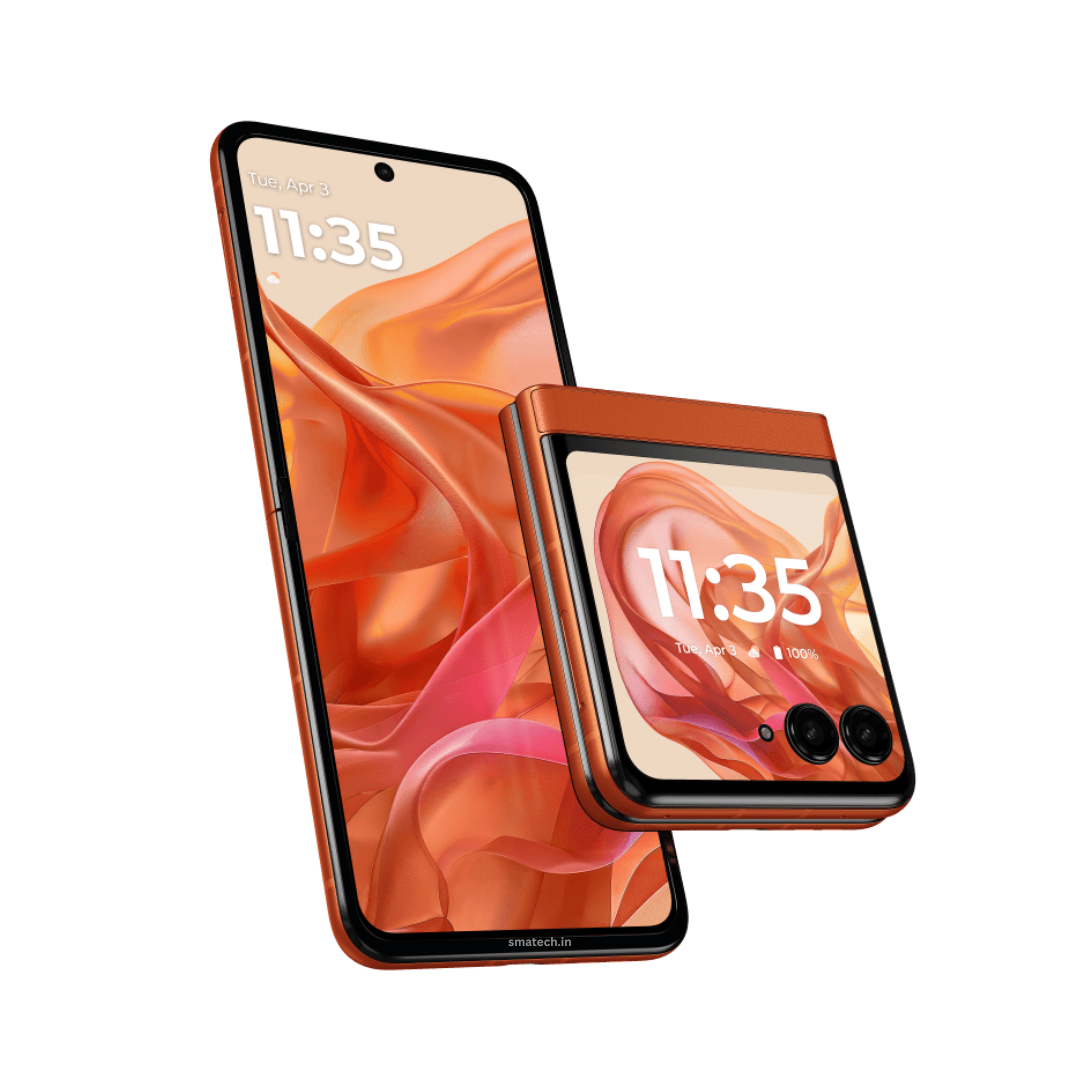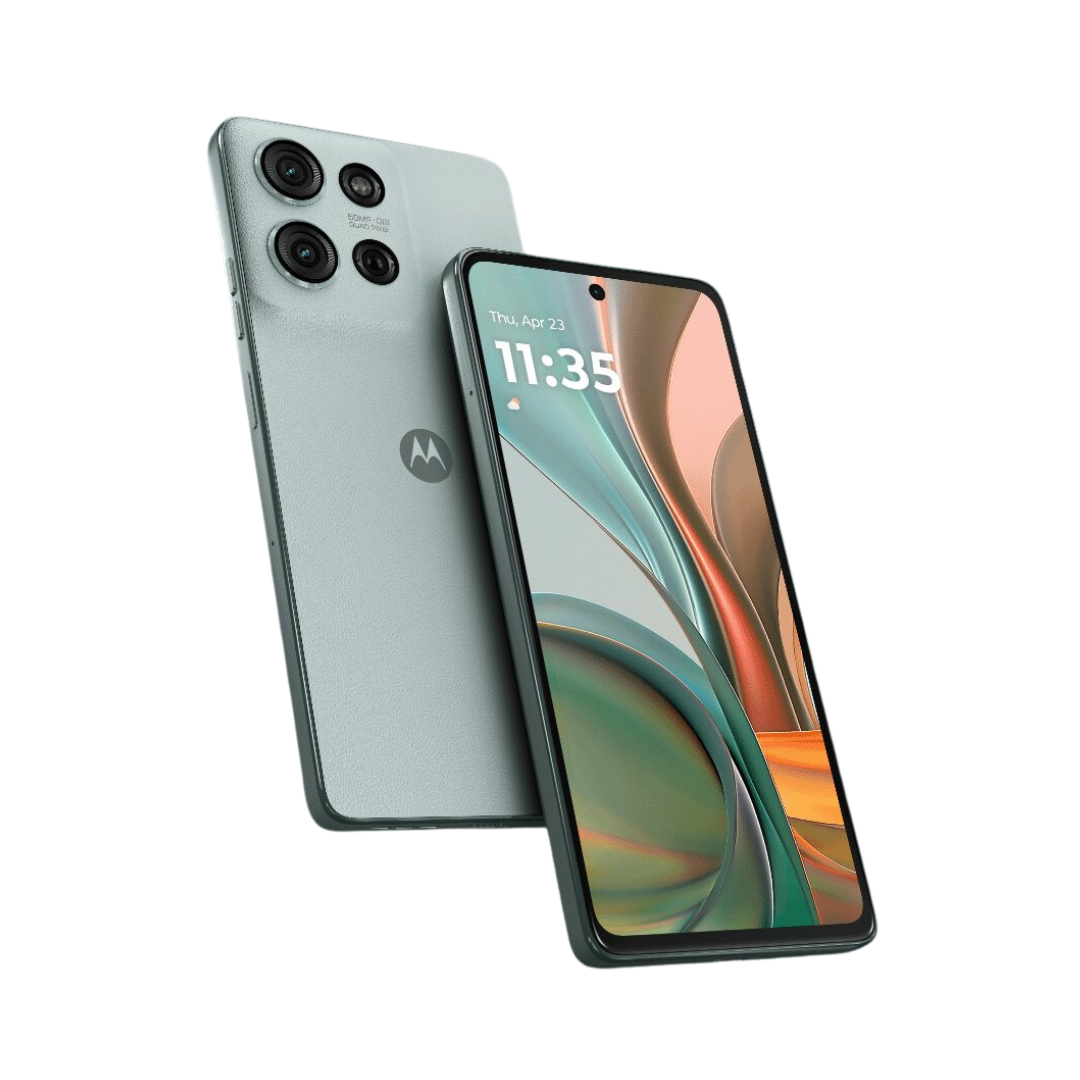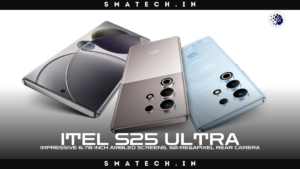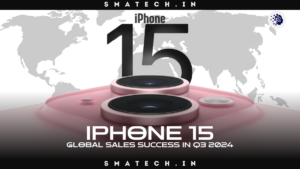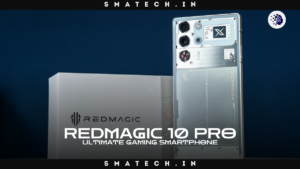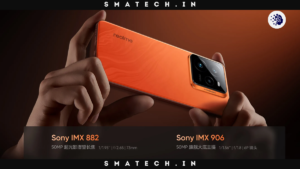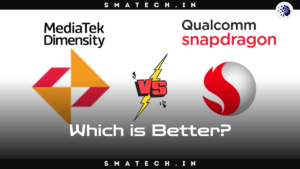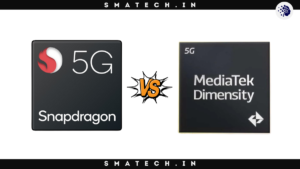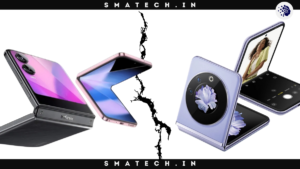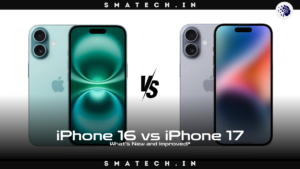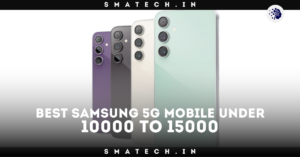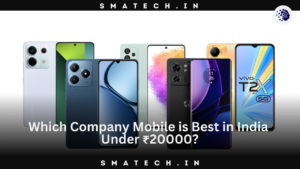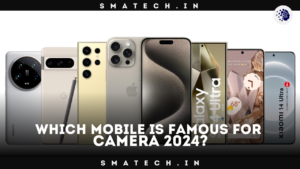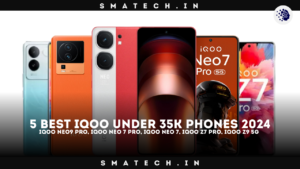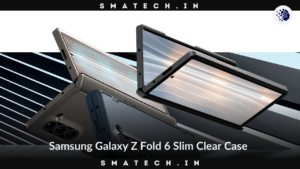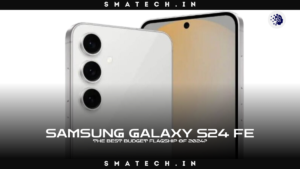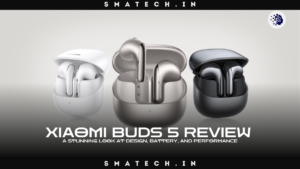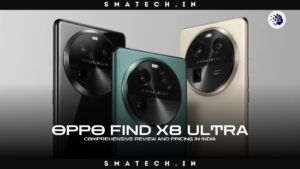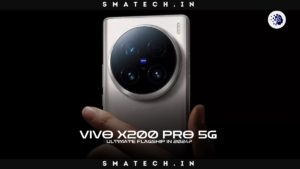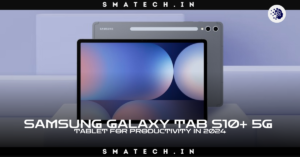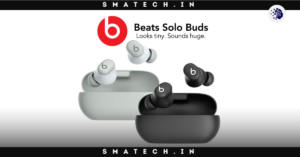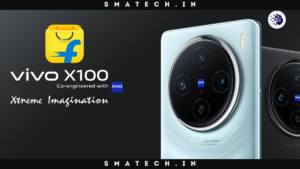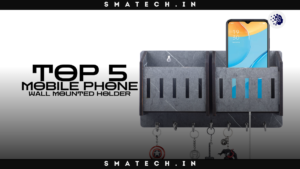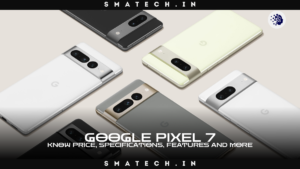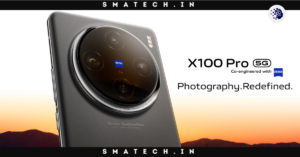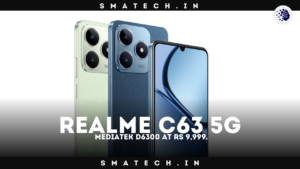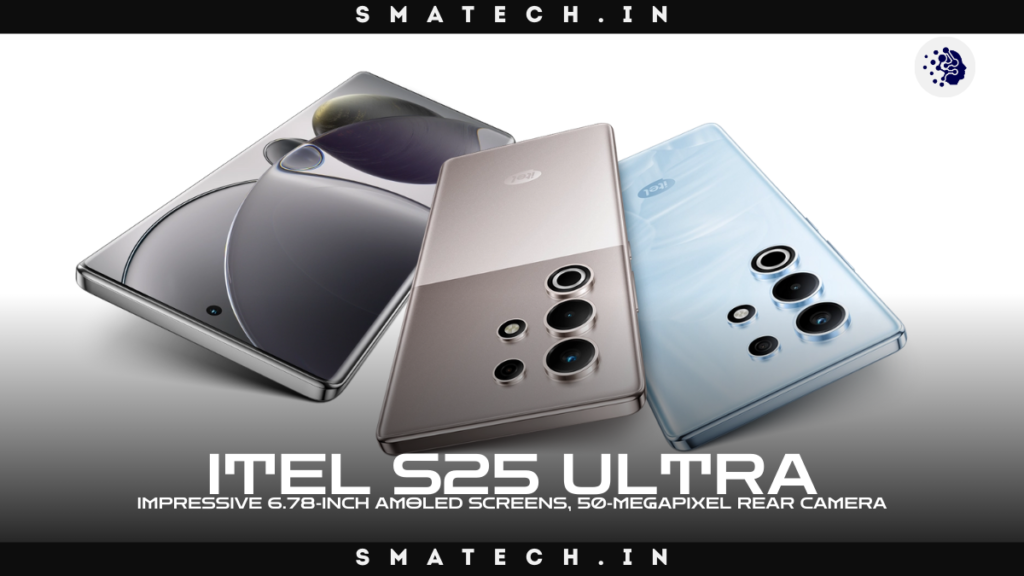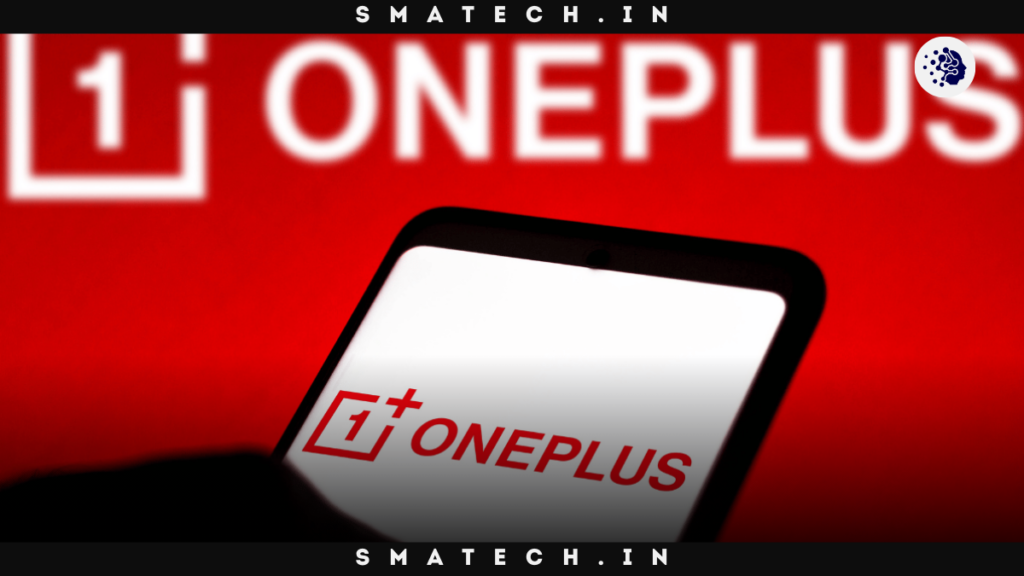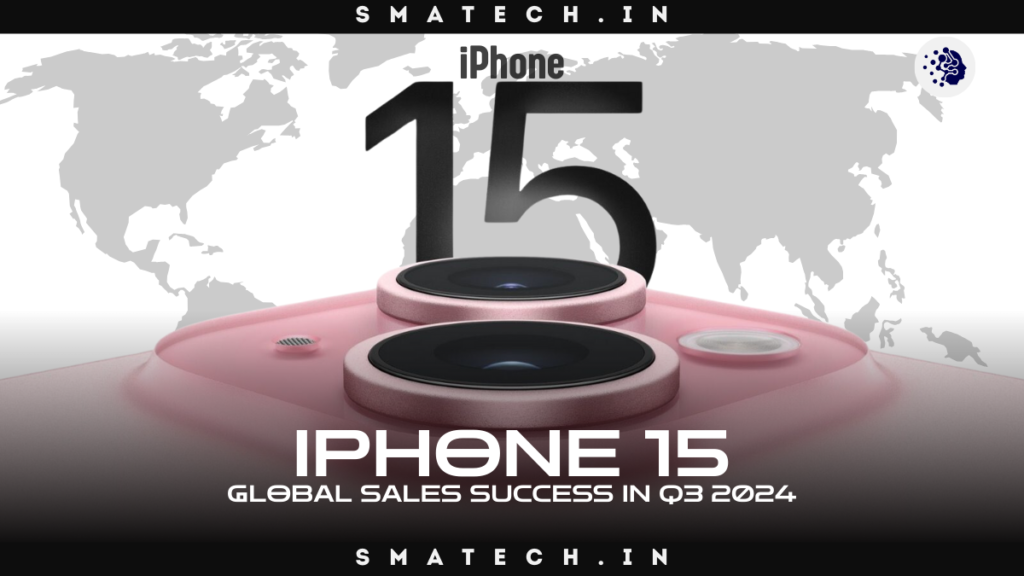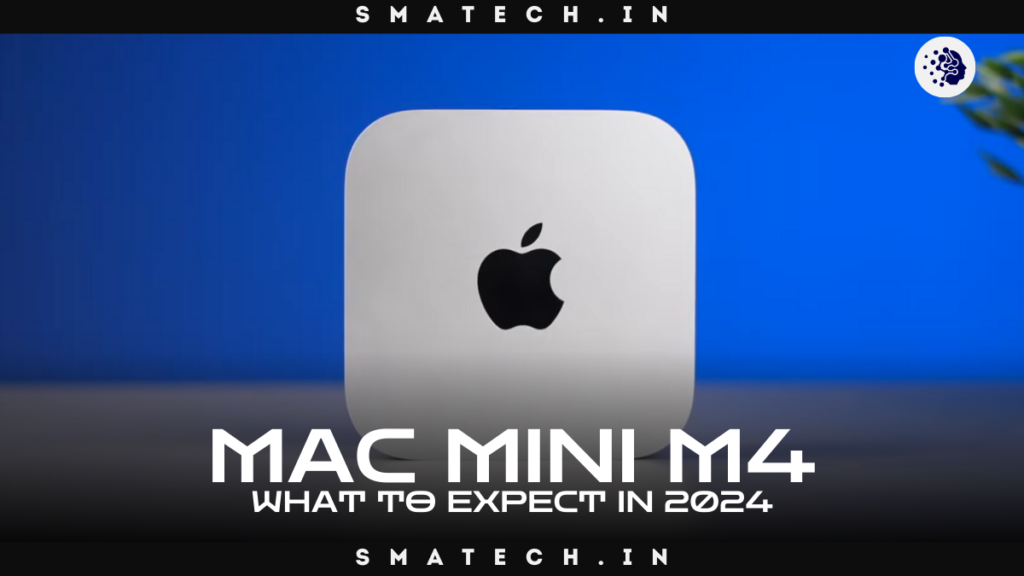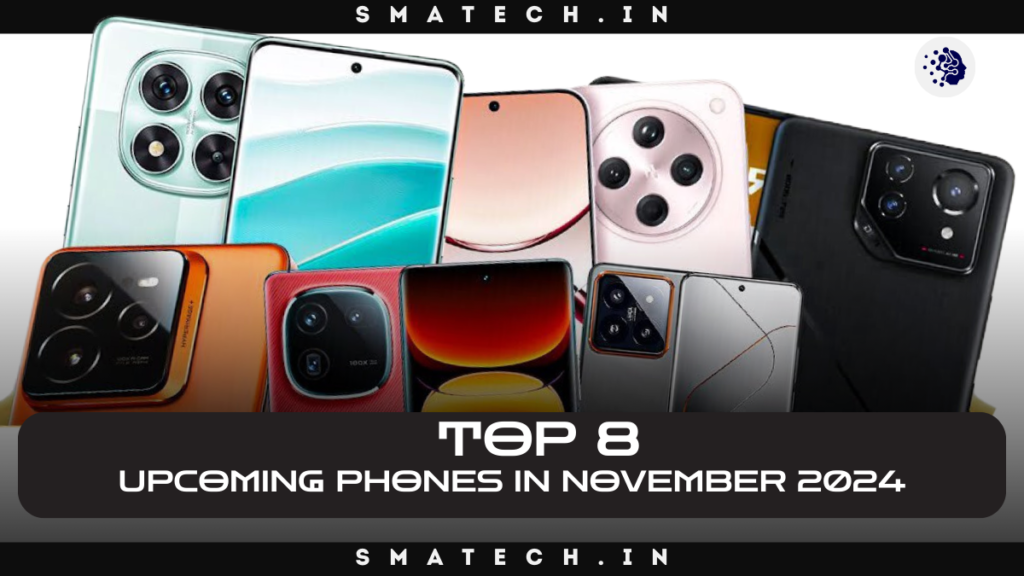The world of mobile photography and videography is changing quickly, and camera makers are vying to release smartphones with cameras that can compete with DSLRs. The Samsung HM2 Sensor vs Sony IMX586 comparison highlights two sensors that stand out as industry leaders. Both are often found in high-end and mid-range smartphones, but which one is the best at taking videos? We’ll dissect the features, advantages, and disadvantages of each sensor in this in-depth comparison to help you choose the one that best suits your requirements.
Sensor Size and Pixel-Binning Technology
Size is one of the most important aspects of a camera sensor. The Sony IMX586 has a 1/2.0-inch sensor, while the Samsung HM2 has a 1/1.52-inch sensor size. Larger sensors usually have higher light absorption capacities, which enhance their dynamic range and low-light performance. The Samsung HM2 slightly outperforms the Sony IMX586 in this aspect because of its bigger surface area, which allows it to capture more light and produce better images, particularly in difficult lighting settings.
Pixel-binning technology is used by both sensors to improve image quality in low light. While the Sony IMX586 utilises 4-in-1 pixel binning, the Samsung HM2 uses 9-in-1 pixel binning, which combines many pixels into one to improve the effective pixel size. Theoretically, the Samsung HM2’s pixel-binning technique improves image clarity and low-light performance. Nevertheless, the Sony IMX586 maintains its competitive edge thanks to its effective pixel size and resolution balance.
Image Quality Comparison
Regarding overall image quality, the Sony IMX586 and the Samsung HM2 deliver remarkable performance. On the other hand, the HM2 sensor usually provides a broader dynamic range, more detailed colours, and more vibrancy. This is especially apparent in brightly illuminated or daytime settings, when mobile photographers like the HM2 due to its ability to catch minute details. But, the Sony IMX586 is renowned for its natural colour reproduction and exceptional noise reduction, which makes it a great choice for anyone who value accuracy over vibrancy.
With its 48MP resolution, the Sony IMX586 performs exceptionally well in sharpness, especially in bright light conditions. Even though the Samsung HM2 has a greater resolution of 108MP, its severe noise reduction algorithms frequently cause sharpness to be sacrificed. The Sony IMX586 might be a better choice for people who want the most detail in their photos, however users who prefer rich colour profiles might prefer the Samsung HM2.
Related Post
Low-Light Performance: Samsung HM2 Sensor vs Sony IMX586
In low-light performance, the Samsung HM2 excels. It can capture more light thanks to its bigger sensor size and sophisticated pixel-binning technology, producing brighter, clearer photographs in low-light environments. The HM2 sensor is also quieter than the Sony IMX586, which makes it a better option for night photography or low-light indoor videography.
Compared to the Samsung HM2, the Sony IMX586 performs better in low light conditions but has greater noise problems. More post-processing is necessary with the IMX586 sensor in order to control grain and preserve clarity, which occasionally results in slightly subdued colours and softer details. On the other hand, the Samsung HM2 requires less software enhancement and maintains a more natural appearance. Samsung HM2 Sensor vs Sony IMX586.
Video Stabilization and 4K Video Recording
Stabilisation is important for videographers. While electronic image stabilisation (EIS) is available on both the Samsung HM2 and the Sony IMX586, the stabilization’s effectiveness differs. Highly regarded for its superb stabilisation, particularly during 4K video recording, the Sony IMX586 is a popular option for mobile filmmakers who appreciate steady, fluid footage.
However, even though the Samsung HM2 has great stabilisation capabilities, they aren’t as reliable, especially in low light when the sensor has trouble maintaining stable frames. The HM2 is good for daytime filming, but the Sony IMX586 would be a better option if you regularly shoot in situations where stabilisation is important. Samsung HM2 Sensor vs Sony IMX586.
Regarding 4K video recording, both sensors produce remarkably detailed, high-quality videos. Still, the Samsung HM2 has the ability to record at 8K resolution, something that the Sony IMX586 does not have. The Samsung HM2 is a better choice if you want next-level video quality and don’t mind the bigger file sizes. However, 4K video recording is more than enough for most people, and both sensors can easily handle it. Samsung HM2 Sensor vs Sony IMX586.
Slow-Motion Capabilities
When it comes to slow-motion video, the Sony IMX586 performs better than the Samsung HM2. Those who create content and want to add dramatic slow-motion effects to their videos highly value the IMX586‘s ability to capture 960fps slow-motion video at 720p resolution. Though it does so at a slower frame rate and with less overall smoothness than the Samsung HM2, the Sony IMX586 is a better option for this specific feature. Samsung HM2 Sensor vs Sony IMX586.
Camera Quality in Mid-Range Phones
Although mid-range smartphones employ both sensors extensively, there are discernible variations in how they are implemented by manufacturers. Affordable smartphones that prioritise providing balanced camera performance without making significant budget sacrifices frequently contain the Sony IMX586. Because of this, users on a tight budget who nevertheless wish to enjoy high-quality images and videos frequently choose the IMX586 sensor. Samsung HM2 Sensor vs Sony IMX586.
The Samsung HM2, by comparison, is more typically found in higher-end mid-range devices that prioritize photography and videography functions. Though they are typically a little more costly, phones with the HM2 sensor offer better features, especially for those who are interested in next-generation camera sensors and mobile photography trends. Samsung HM2 Sensor vs Sony IMX586.
Future of Smartphone Cameras: Sensor Innovation and Advancements
There are no indications that the fight between Samsung and Sony in the photographic sensor market will let up. Both businesses are constantly refining their sensors thanks to developments in sensor technology, including pixel-binning, video stabilisation, and image processing algorithms. The future of smartphone cameras is expected to witness even more improvements, including larger sensors, improved low-light capabilities, and increased AI-driven image processing. Samsung HM2 Sensor vs Sony IMX586.
In the future, it will be harder to distinguish between smartphone cameras and professional cameras, which means that sensors like the Samsung HM2 and the Sony IMX586 will be more important than ever for both types of users. Samsung HM2 Sensor vs Sony IMX586.
Conclusion: Which Sensor Is Better for Videography?
Your priorities will eventually determine which of the Samsung HM2 and the Sony IMX586 are the winner. The Samsung HM2 is a superior choice if you value low-light performance, vibrant colours, and the ability to shoot in 8K resolution. On the other hand, the Sony IMX586 is a better option if video stabilisation, sharpness, and slow-motion capabilities are more crucial. Samsung HM2 Sensor vs Sony IMX586.
Both sensors have videography capabilities for smartphones; nevertheless, the optimal choice will depend on your unique requirements.
Faqs related to Samsung HM2 Sensor vs Sony IMX586
1. What is the main difference between the Samsung HM2 and Sony IMX586 sensors?
The primary difference lies in their sensor size and pixel-binning technology. The Samsung HM2 has a larger 1/1.52-inch sensor with 9-in-1 pixel binning, while the Sony IMX586 has a smaller 1/2.0-inch sensor with 4-in-1 pixel binning. This gives the Samsung HM2 an edge in low-light performance and image clarity, while the Sony IMX586 excels in sharpness and video stabilization.
2. Which sensor is better for videography, the Samsung HM2 or Sony IMX586?
The Samsung HM2 is better suited for videographers who prioritize low-light performance and the ability to shoot in 8K resolution. However, the Sony IMX586 offers superior video stabilization and slow-motion capabilities, making it a great choice for those who need smooth, steady footage, particularly at 4K.
3. How do the Samsung HM2 and Sony IMX586 perform in low-light environments?
The Samsung HM2 outperforms the Sony IMX586 in low-light conditions due to its larger sensor size and advanced 9-in-1 pixel binning technology, which helps capture more light. The Sony IMX586 is also capable of good low-light performance but may produce more noise and require additional post-processing for clearer results.
4. Which sensor is better for slow-motion video, Samsung HM2 or Sony IMX586?
The Sony IMX586 is better for slow-motion video as it can capture 960fps slow-motion at 720p resolution, offering smoother and more dramatic slow-motion effects. The Samsung HM2 supports slow-motion video as well, but at a lower frame rate and less overall fluidity compared to the IMX586.
5. Are both sensors used in budget or mid-range smartphones?
Yes, both the Samsung HM2 and Sony IMX586 are commonly found in mid-range smartphones. The Sony IMX586 is often featured in more affordable phones that aim for a balance between price and camera performance. The Samsung HM2 is typically found in slightly higher-end devices that prioritize photography and videography features, offering advanced camera capabilities at a reasonable price point.

